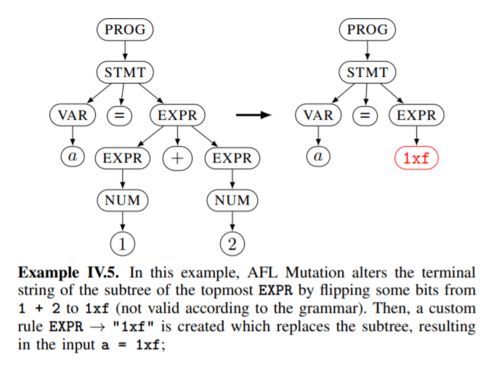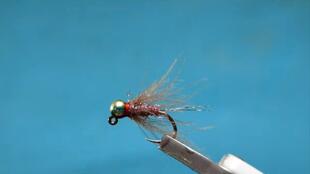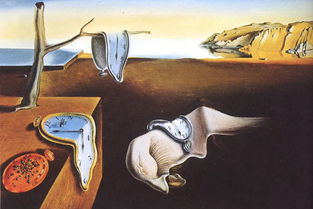Content:
Introduction: Fishing, an age-old pastime, has been captivating enthusiasts for centuries. Whether you're a seasoned angler or a beginner looking to cast your line into the water, having a solid grasp of common fishing techniques can significantly enhance your experience. In this comprehensive guide, we will delve into the essential tips and tricks that will help you improve your fishing skills and enjoy the serene beauty of the water.
Choosing the Right Equipment: Before you embark on your fishing adventure, it's crucial to select the appropriate equipment. Here's a breakdown of the basic gear you'll need:
a. Rod and Reel: The choice of rod and reel depends on the type of fish you're targeting. For instance, a spinning reel is ideal for light to medium-duty fishing, while a baitcasting reel is better suited for heavier lures and larger fish.
b. Line: The type of line you use will depend on the fish species and the conditions of the water. Monofilament line is versatile and durable, while fluorocarbon line is nearly invisible to fish and offers excellent sensitivity.
c. Lures and Bait: Lures come in various shapes, sizes, and colors, designed to mimic the movements of real prey. Live bait, such as worms, minnows, or crickets, can also be effective. Experiment with different lures and baits to see what works best in your fishing spot.
Finding the Perfect Spot: To increase your chances of catching fish, it's essential to find the right location. Here are some tips to help you identify prime fishing spots:
a. Research: Learn about the habits and preferences of the fish species you're targeting. This knowledge will help you understand where they are most likely to be found.
b. Topography: Look for areas with varying depths, structure, and vegetation, as these features often attract fish.
c. Tides and Weather: Fish tend to be more active during certain tide stages and weather conditions. Keep an eye on the forecast and choose your fishing times accordingly.
Casting Techniques: Casting is a fundamental skill that requires practice to master. Here are some tips to improve your casting technique:
a. Grip: Hold the rod with a comfortable grip, ensuring that your fingers are evenly distributed along the handle.
b. Backcast: Begin by bringing the rod back behind you, winding the line as you do so. This creates tension in the line, allowing for a smooth forward cast.
c. Forward Cast: With the rod in a forward position, release the line by moving your wrist and fingers forward. Aim for a straight, level cast.
Bait Presentation: Once you've cast your line, it's time to present your bait or lure to the fish. Here are some techniques to help you do so effectively:
a. Slow and Steady: Fish are often attracted to slow, deliberate movements. Work your bait or lure with a gentle, consistent pace.
b. Vary Your Speed: Experiment with different speeds to see which one triggers the most bites. Sometimes, a sudden stop or pause can entice a fish to strike.
c. Match the Hatch: If you're using live bait, try to match the size and type of prey that the fish in the area are accustomed to eating.
Reading the Water: Understanding the water you're fishing in is key to successful angling. Here are some tips to help you read the water:

a. Look for Signs: Pay attention to bubbles, ripples, and other signs that indicate fish activity.
b. Observe the Bottom: The structure of the bottom can provide clues about fish whereabouts. Look for areas with rocks, logs, or other cover.
c. Use a Fish Finder: A fish finder can be a valuable tool for identifying fish and determining their depth and proximity to the bottom.
Patience and Persistence: Fishing is a game of patience. It's important to remain calm and focused, even when you're not catching fish. Here are some tips to help you stay motivated:
a. Take Breaks: Rest and refuel to maintain your energy levels and stay alert.
b. Learn from Mistakes: Analyze your techniques and adjust accordingly. Every fish that gets away is an opportunity to learn and improve.
Conclusion: Mastering common fishing techniques takes time, practice, and a willingness to learn. By following the tips and tricks outlined in this guide, you'll be well on your way to becoming a more skilled and successful angler. Remember, the beauty of fishing lies not only in the thrill of the catch but also in the peace and tranquility it brings. Happy fishing!












